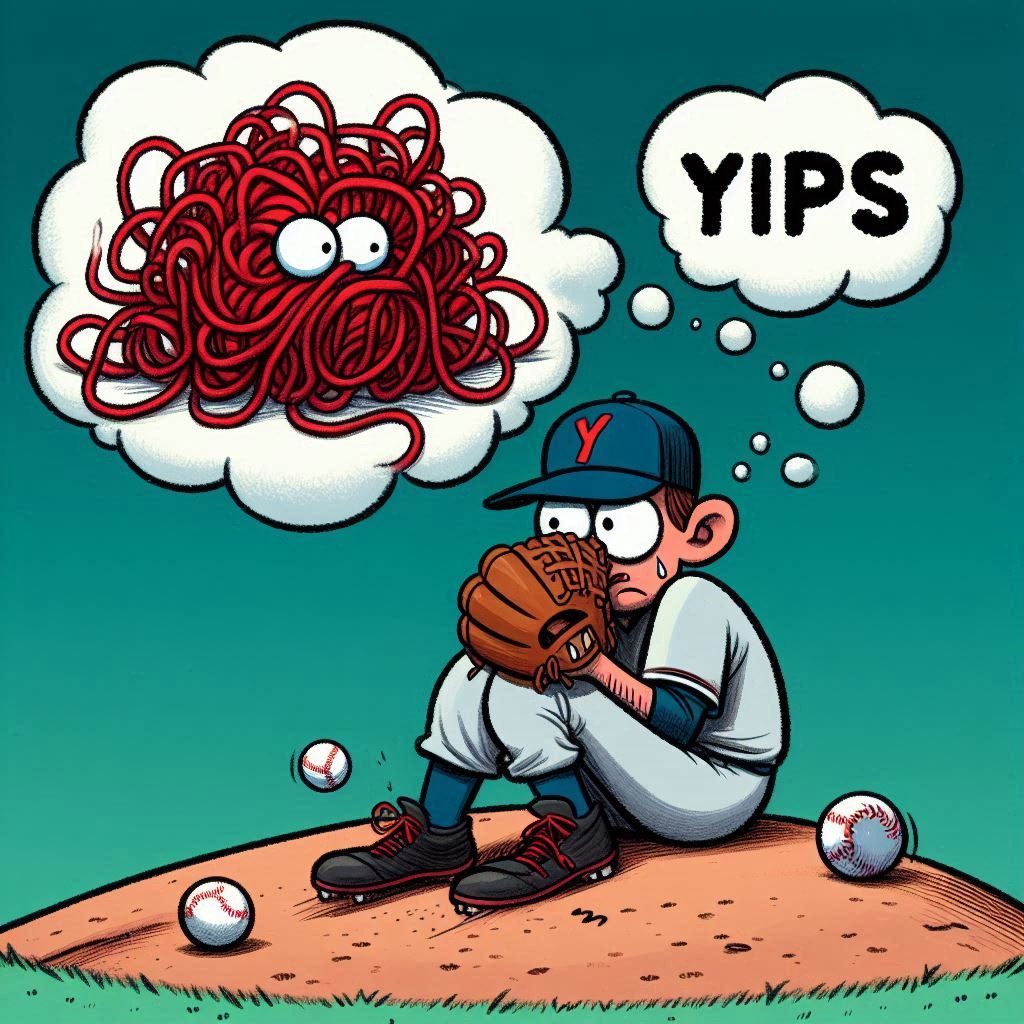Are Australian Governments Letting Down Our Young Athletes?
—————————
Introduction
Australia, a nation known for its sporting prowess, has produced legendary athletes across various disciplines. From cricket to swimming, rugby to tennis, our sporting heritage is rich and celebrated. However, beneath the glitz and glamour of high-profile sports lies a complex web of funding decisions that impact our young athletes and juniors. In this geeky analysis, we delve into the intricacies of government funding, explore the challenges faced by junior sports, and discuss why it matters.
Are all the sectors of the Australian Government involved in Junior Sport taking it seriously:
On the Annual Report for 2022/23 from the Australian Sports Commission the word “Junior” is only used six times – Is junior sport still important to Australia or an easy scapegoat as Professional and building new stadiums bring in more money – So what is more important
Please see link to the Australian Sports Commission Annual Report & Budget Statement for both 2022/23 & 2023/24 Below:
https://www.sportaus.gov.au/__data/assets/pdf_file/0018/1122327/Annual-Report-2022-23.pdf
The Three Levels of Government in Australia
Before we dissect the funding landscape, let’s understand the three levels of government in Australia:
Federal Government: The Australian Parliament in Canberra holds responsibility for national issues that affect all Australians. Think post, telephones, immigration, and defense.
State and Territory Governments: These parliaments, located in each state and territory capital city, focus on issues specific to their region. Schools, hospitals, and public transport fall under their purview.
Local Councils: Also known as shires or municipalities, local councils handle community-level matters like rubbish collection, parks, and pet control.
Funding Priorities
——————–
High Profile vs. Junior Sports
–
High-Profile Sports
Australia invests significantly in high-profile sports. Think stadiums, elite training facilities, and international events. While these endeavors boost our national pride, they often overshadow the needs of junior athletes.
Stadiums and Infrastructure: The construction of state-of-the-art stadiums and sports complexes grabs headlines. These structures host major events, but their cost can be astronomical.
Elite Training Facilities: High-performance centers cater to professional athletes, ensuring they reach peak physical condition. However, these resources are rarely accessible to juniors.
International Competitions: Hosting global tournaments enhances our reputation. But what about grassroots development?
Junior Sports & Physical Education (PE)
Junior sports and PE programs are the lifeblood of future champions. Here’s where the funding gap becomes apparent:
School Sports: Schools play a crucial role in nurturing young talent. Yet, many struggle with outdated equipment, inadequate fields, and limited coaching resources.
Participation: Encouraging kids to participate in sports fosters lifelong fitness habits. But without proper funding, schools can’t offer diverse programs.
PE Teachers: Dedicated PE teachers are essential for holistic development. Unfortunately, budget constraints often lead to understaffed PE departments.
The Decline Of Junior Sports In Australia
Australia, a nation that reveres sports, has witnessed a concerning trend over the past two decades: a decline in junior sports participation. As we delve into this geeky exploration, we’ll uncover the reasons behind this downward trajectory and discuss why it matters for our future athletes.
1.The Golden Runway: Challenges and Opportunities
Sport Australia’s CEO, Rob Dalton, aptly calls the next decade “the golden runway.” But why is this runway so critical? Let’s dissect the challenges:
a. COVID-19 Impact
The pandemic disrupted the sporting landscape. Junior competitions halted, and concerns about COVID-19 kept kids away from fields and courts. As we recover, bridging this gap becomes paramount.
b. Shifting Participation Trends
Statistics from AusPlay reveal a 30% drop-out rate among children aged nine to nineteen participating in organized sports. The allure of screens, changing leisure preferences, and time constraints contribute to this decline.
c. Rising Costs
Australians love sports, but families face mounting day-to-day expenses. Extracurricular activities, including junior sports, often fall victim to budget constraints. As the cost of living rises, more children find themselves on the sidelines.
2. The School-Community Nexus
Enhancing school programs is a crucial step. Schools can apply for funding to introduce diverse sports during the school day. This approach breaks the monotony of “my dad plays footy, I play footy.” But we must go further:
a. Connecting School Sport with Community Clubs
The next logical step is linking school sports to community club activities. When these two worlds intersect, more young athletes enter the system. Table tennis player Melissa Tapper exemplifies this journey—from school to the Olympics and Paralympics.
3. Has the Sporting Flame Dimmed?
While planning infrastructure and funding high-profile sports, we must not overlook the grassroots. Here’s why:
a. Nurturing Future Olympians
Junior sports serve as the breeding ground for future champions. By investing in youth programs, we create a pipeline of talent. Let’s ensure our Olympic legacy continues.
b. Health and Well-Being
Participation in sports fosters lifelong fitness habits. Healthy kids become healthy adults. Prioritizing junior sports isn’t just about medals; it’s about well-being.
Is Junior Sport Still Worth It?
Australia’s love affair with sports is legendary. From cricket to rugby, swimming to tennis, our nation thrives on athletic excellence. But amidst the glitz of high-profile events, we must pause and ponder: Is junior sport still worth the investment? In this geeky analysis, we delve into the pros, cons, and potential shifts in our sporting culture.
1. The Cost Conundrum
Before we dive into the revenue side, let’s acknowledge the costs:
Family Expenditure: Aussie families invest significantly in their children’s sporting pursuits. From registration fees to equipment, the bills add up.
Affordability Challenges: Some sports come with hefty price tags. National Premier League (NPL) junior teams can charge up to $2,500 annually.
Health Benefits: On the flip side, junior sports contribute to physical fitness, teamwork, and overall well-being.
2. Declining Participation Trends
Statistics reveal a concerning trend: a drop in young people participating in organized sports. COVID-19 disruptions exacerbated this decline. Children playing sport outside of school decreased from 55% to 43% last year. The dropout rate among children aged nine to nineteen is equally alarming.
3. The Golden Runway
Sport Australia’s CEO, Rob Dalton, calls the next decade “the golden runway.” Here’s the plan:
Enhancing School Programs: Schools can apply for funding to introduce diverse sports during the school day. It’s not just about “my dad plays footy, I play footy.”
Connecting School Sport with Community Clubs: When these two worlds intersect, more young athletes enter the system. Table tennis player Melissa Tapper exemplifies this journey—from school to the Olympics and Paralympics.
4. The Value Proposition
Is junior sport still worth it? Consider these factors:
Future Olympians: Junior sports serve as talent incubators. Investing in youth programs ensures a pipeline of champions.
Health and Habits: Participation fosters lifelong fitness habits. Healthy kids become healthy adults.
Community Bonding: Sports build camaraderie, discipline, and character.
Join the Discussion: #InvestInOurFutureAthletes
Let’s rally around our young athletes! Here are some hashtags to fuel the conversation:
#PlaygroundEquality: Advocate for equal access to sports facilities in schools.
#JuniorChampions: Celebrate the achievements of our junior athletes.
#PEMatters: Highlight the importance of quality physical education.
Conclusion
While high-profile sports deserve attention, we must strike a balance. Investing in junior sports ensures a pipeline of talent, enriches lives, and strengthens our sporting legacy. So, Australian governments, let’s level the playing field and empower our future champions!
#PlaygroundEconomics #SportyEconomy #WinningBalance #InvestInOurFutureAthletes #JuniorChampions #PEMatters #HealthAndWealth #GoldenRunway




Outstanding!